Lesbian couple carries same baby to term in ‘world-first’ IVF procedure
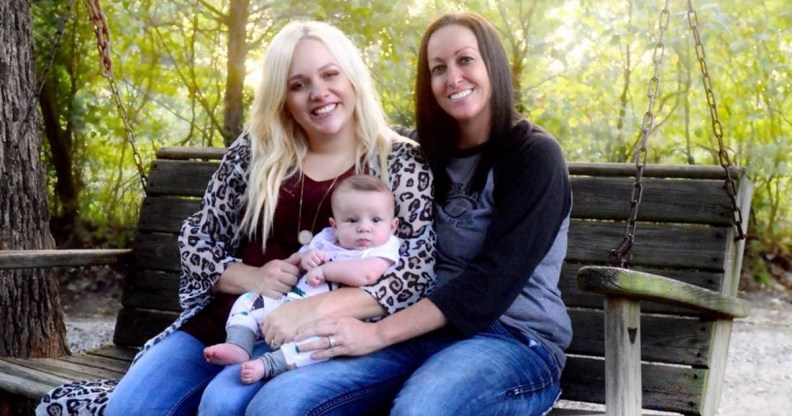
Ashleigh (left) and Bliss (right) Coluter with baby Stetson (Ashleigh Coulter/facebook)
Two married lesbians have both carried the same baby before birth, in what appears to be the first IVF pregnancy of this kind.
Ashleigh and Bliss Coulter, who live in Dallas, Texas, used a revolutionary new procedure which involved Bliss, 36, taking the embryo for five days while it fertilised, before Ashleigh, 28, was impregnated with the embryo and carried it to term.
Their son, Stetson Coulter, was born, happy and healthy, in June.
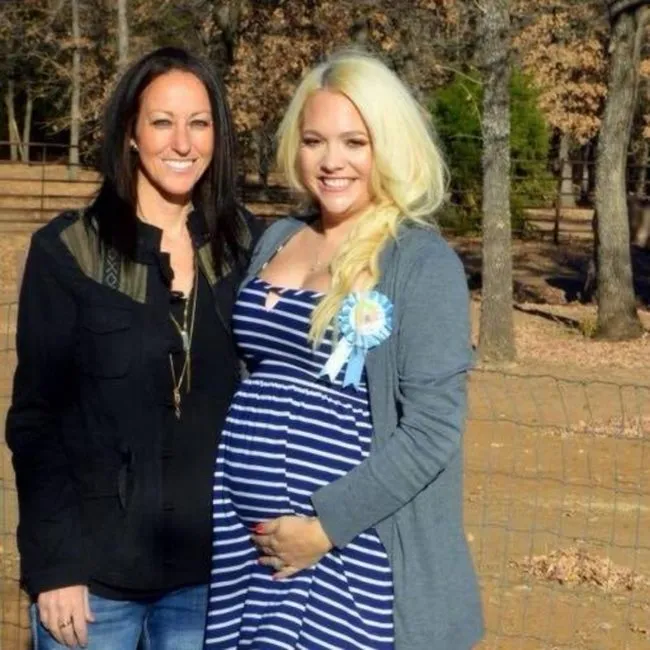
Bliss, Ashleigh and a pre-birth Stetson (Ashleigh Coulter/facebook)
Dr Kathy Doody, a fertility specialist at the CARE Fertility in Bedford, Texas, developed the INVOcell, a device which made this unprecedented feat possible, alongside her husband and fellow doctor Kevin Doody and Canadian scientist Jason Broome.
Speaking to PinkNews, she explained that the INVOcell is a container “the size of a champagne cork, made of polystyrene” that can be filled with sperm and an egg, and inserted into the vagina, which has the perfect conditions for fertilisation.
“A laboratory provides a static set temperature and atmosphere, with the right PH and carbon dioxide levels,” said Doody, who has been practising for 29 years.
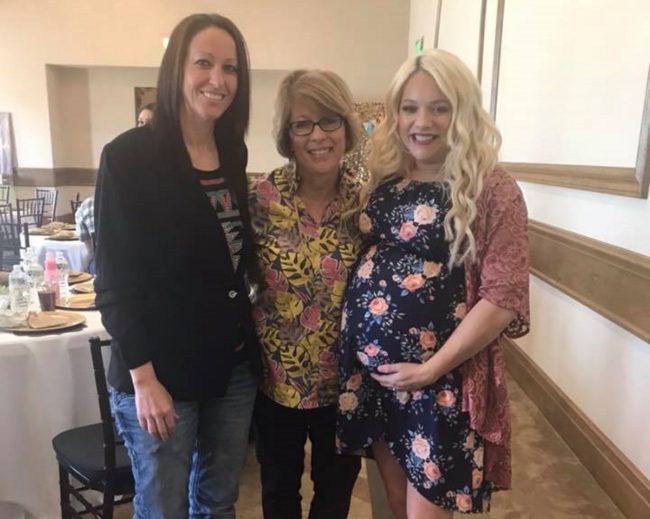
The couple with Dr Kathy Doody (Ashleigh Coulter/facebook)
“But humans do that all the time, naturally, every day, with livers, kidneys and lungs! Turns out the vagina provides a great environment.
“The concept is not novel, but the difference is that the eggs usually go into a Petri dish. In this case, the magic happens in a body.”
Compared to a traditional IVF, there is a risk of device expulsion—though no-one has reported losing it so far, Doody said—and may be an increased risk of an ‘abnormal embryo’ being transferred to the uterus.
But Doody said that her process was “more natural,” as it allows both partners to actively participate and bond with their potential child.
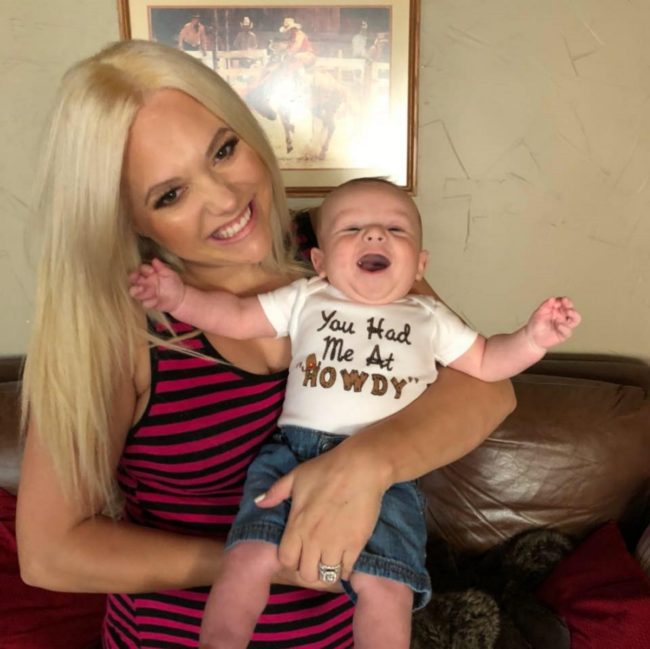
Ashleigh carried Stetson for nine months (Ashleigh Coulter/facebook)
“Normally what happens is donor insemination, or they would both try to get pregnant with the same donor sperm, but this allows them to both be part of it. This is something a heterosexual couple can’t share.
“I do think this is special. I’m excited.”
And it’s not just revolutionary; it’s considerably cheaper than the usual alternatives.
“Traditional reciprocal effortless IVF is usually $15,000 to $20,000. Ours is approximately $8,000,” Doody said.
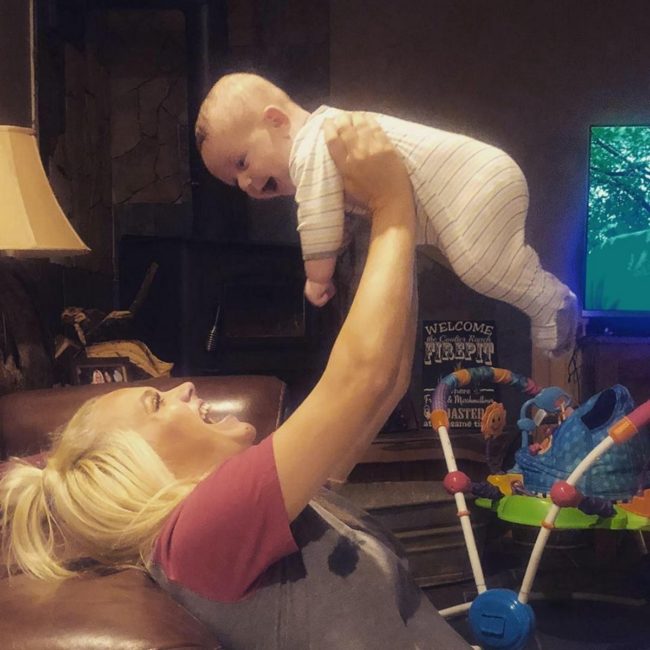
“Traditional reciprocal effortless IVF is usually $15,000 to $20,000. Ours is approximately $8,000” (Ashleigh Coulter/facebook)
“Our goal was to make IVF more affordable—to make it half the cost, because the biggest impediment to IVF is cost and geographic inaccessibility.
“In the US, many couples who want to have children and go through IVF can’t. In Texas, 15 to 20 percent of couples have IVF coverage. Texas is a huge state, so what if you don’t live nearby, and what if you don’t live in a state with an IVF clinic?
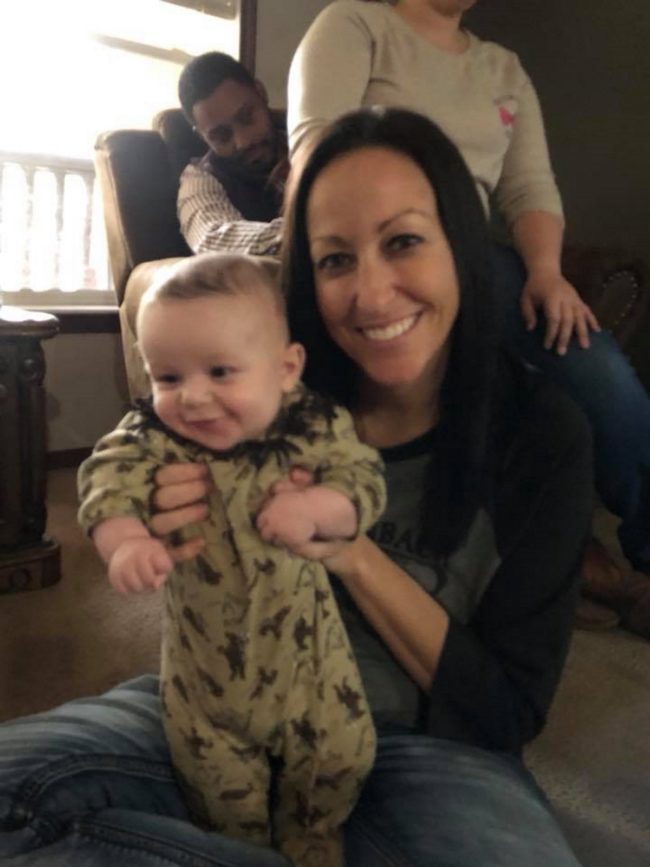
Another lesbian couple in Texas has used the device since the Coulters (Ashleigh Coulter/facebook)
“This will increase couples’ chances of creating families, and that’s the backbone of what we do.”
Since Stetson’s birth, another lesbian couple, who live in north Texas, has also successfully used the device, giving birth to a healthy baby in September. Doody said there was no reason why this kind of pregnancy couldn’t soon become commonplace across the globe.
“Go forward five years from now and the INVOcell concept will be much more widespread,” she predicted. “Clinics have come from all over the US—including Hawaii—and Hong Kong to learn from us.
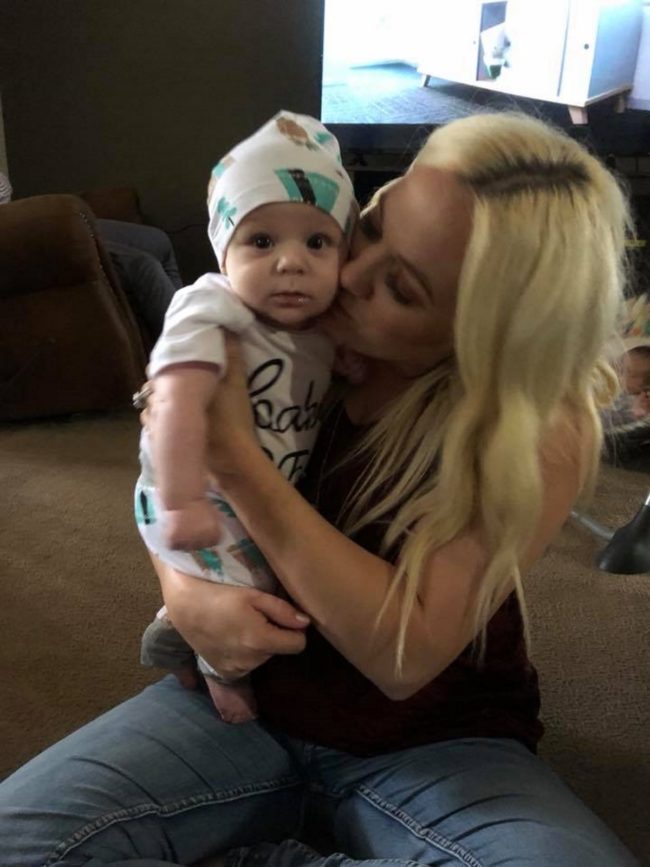
“Go forward five years and the INVOcell concept will be much more widespread” (Ashleigh Coulter/facebook)
“My husband has travelled to Nigeria, Uganda and Kenya to teach people about the device. There’s potential for it to spread worldwide in the next few years.
“Women feel that it’s more natural according to the feedback I’ve received, and the decrease in cost is a real positive.”

